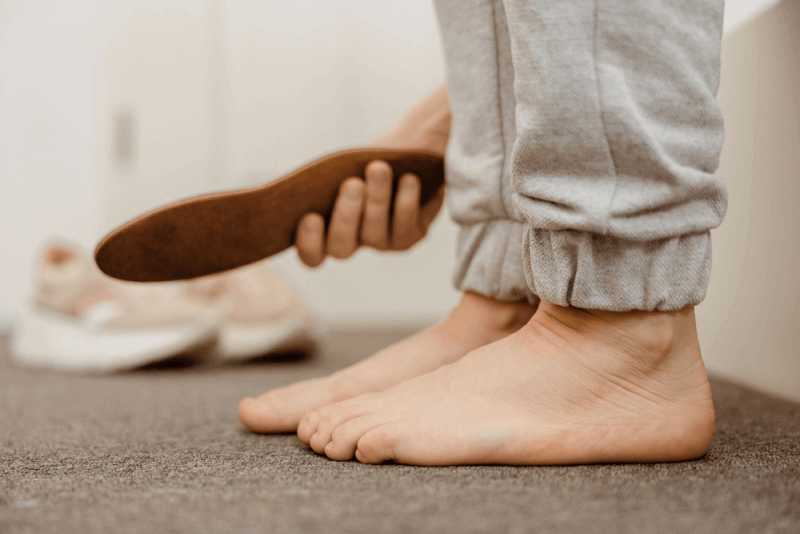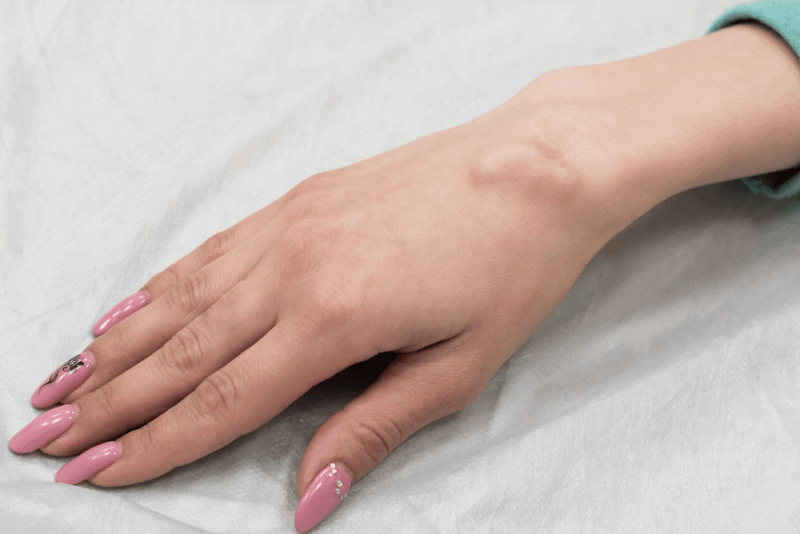What is Calcific Tendinitis?
Calcific tendinitis is a condition that occurs with the accumulation of calcium salts in the tendons of the shoulder. Individuals with calcific tendinitis may experience limited movement and severe pain. Although it is generally seen in older adults, it can also occur in younger individuals. The calcium accumulated in the muscles can damage the bones over time.
As a person ages, blood flow to the muscles slows and decreases, weakening the muscle. Continuous use of the shoulder can cause wear and tear, leading to calcium deposits in damaged muscles as the fibers tear. Tendinitis is medically known as inflammation of the tendons. Tendons connect muscles and bones in the body. Inflammation can develop due to repetitive movements, trauma, and aging.
Causes of Calcific Tendinitis
The exact cause of calcific tendinitis is not known. Excessive wear or tear, aging, or a combination of both can trigger calcific tendinitis. Another possibility is that calcium buildup can occur when the tendons do not receive enough oxygen.
Symptoms of Calcific Tendinitis
- Severe shoulder pain
- Restricted movements
- Weakness
- Fatigue
- Shoulder swelling
- Sensitivity when touching the shoulder
- Shoulder stiffness
Diagnosis Criteria for Calcific Tendinitis
During the early stages of calcific tendinitis, mild or moderate pain may be felt as calcium accumulates, and in some cases, there may be no pain at all. The calcium deposits in calcific tendinitis can become very painful as they are reabsorbed. This pain can be severe enough to be unbearable. Patients who visit a doctor due to this pain are diagnosed through a physical examination and ultrasound.
The pain from calcific tendinitis can be confused with other conditions that cause shoulder pain. X-rays are usually taken to see the calcium deposits. Ultrasound and X-rays provide a definitive diagnosis.
Treatment Methods for Calcific Tendinitis
- The first step in treating calcific tendinitis is to apply medications to reduce pain and inflammation.
- Corticosteroid injections are also administered to the shoulder to reduce pain and inflammation.
- Physical therapy is used to restore restricted movement ability and decreased strength.
- Ultrasound therapy is used to break down accumulated calcium into small pieces and disperse them.
- Interventional radiology uses needles to remove accumulated calcium from the shoulder.
- If no method is effective, surgery is performed as the last option. A small incision is made to locate and remove the calcium deposits.
Calcific Tendinitis Surgery
Calcific tendinitis surgery is usually performed arthroscopically. Three to four small incisions are made in the shoulder, and a camera and other instruments are inserted through these incisions to access the shoulder joint. The area where the calcium has accumulated is located and cleaned.
Methods of Calcific Tendinitis Surgery
The arthroscopic resection method is commonly used in calcific tendinitis surgery. The arthroscope is a special camera inserted into the shoulder joint through a small incision in the skin. Surgical instruments are inserted through other incisions to remove the calcium from the body.
Benefits of Calcific Tendinitis Surgery
After calcific tendinitis surgery, the patient's pain and movement restrictions are reduced. Calcium crystals accumulated in the shoulder can also damage surrounding tissues. To eliminate this damage, calcific tendinitis surgery should be performed. This painful and challenging process that significantly reduces patients' quality of life is not seen after surgery.
Complications of Calcific Tendinitis Surgery
Although calcific tendinitis surgery does not have serious complications, different complications can develop, as with any surgery.
- Shoulder stiffness
- Shoulder hardness
- Prolonged pain
- Nerve damage
- Vascular damage
- Infection
- Bleeding in the vessels
- Blood clotting
Prevention of Calcific Tendinitis
To prevent calcific tendinitis:
- Avoid movements that strain the tendon.
- Do not lift excessively heavy loads.
- Avoid sudden forceful movements.
- Apply physical therapy to prevent age-related pain.
- Take precautions against acute injuries.
Regions Where Calcific Tendinitis Occurs
Calcific tendinitis most commonly occurs in the tendons of the rotator cuff muscles in the shoulder. Besides the shoulder, it can also be seen in the elbow, Achilles tendon, tendons in the forearm muscles, tendons around the knee, and tendons in the ankle.
Calcific Tendinitis in the Shoulder
Calcific tendinitis in the shoulder is the most common condition. It occurs due to calcium buildup in the tendons of the rotator cuff muscles. It can develop due to aging and sudden trauma.
Calcific Tendinitis in the Knee
Calcific tendinitis in the knee can develop due to aging. This condition is also seen in people involved in certain sports. It is particularly common in individuals who engage in sports such as swimming, tennis, and basketball.
Calcific Tendinitis in the Elbow
Calcific tendinitis in the elbow, also known as tennis elbow, occurs due to the repetitive use of the elbow in athletes playing tennis, leading to calcium accumulation in the elbow.
Calcific Tendinitis in the Hip
Calcific tendinitis in the hip is a rare condition. It occurs due to calcium accumulation in the tendons located in the pelvic area.
Calcific Tendinitis in the Ankle
Calcific tendinitis in the ankle occurs with aging. Calcium accumulates in the tendons of the ankle, causing inflammation of the tendons.
Recovery Process of Calcific Tendinitis
- During the recovery process of calcific tendinitis, anti-inflammatory medications are frequently used to reduce pain and stop inflammation. These medications help reduce pain and eliminate inflammation.
- Exercise is very important during the recovery process and helps relieve pain by increasing muscle strength and flexibility.
- If medications and exercises are not effective during the recovery process, calcific tendinitis surgery should be performed.







